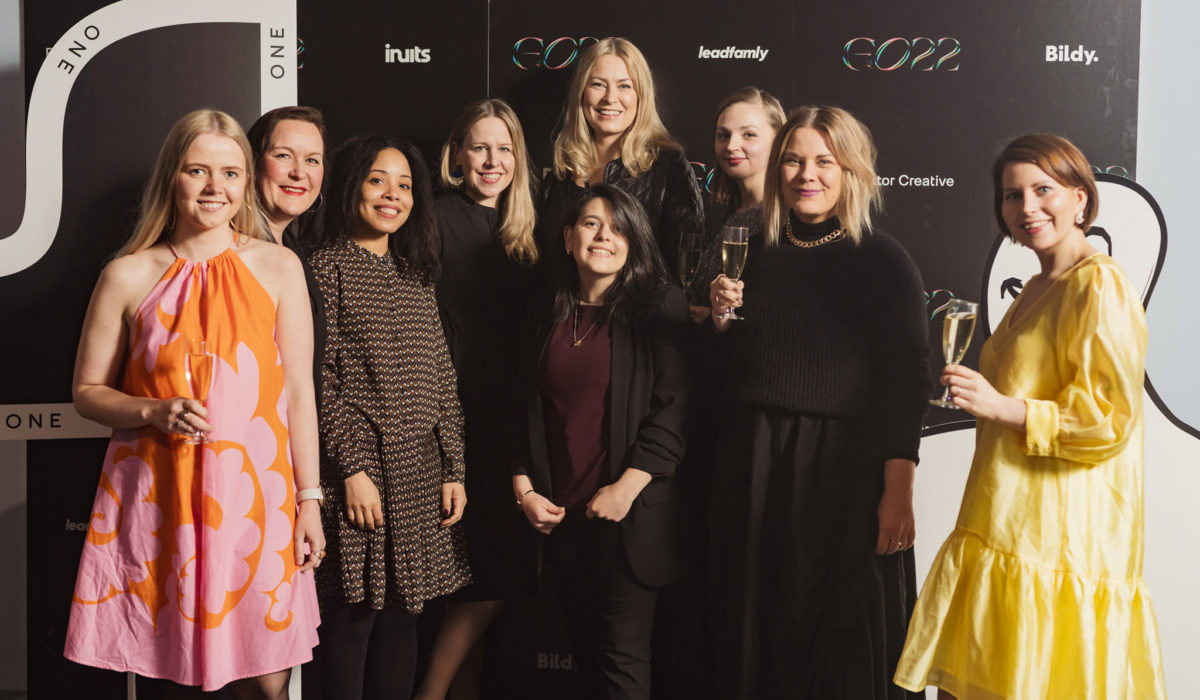Looking into the role of women in the advertising scene.
On January 19, 2023, the last major agency left Madison Avenue, which used to house all the Mad Men era agencies back in the day.
“This is the end of old advertising and the dawn of a whole new thing.”
– TBWA / CHIAT / DAY, the last occupant of Madison Avenue
I have heard stories about the golden age of advertising. Where budgets were as high as Bob Marley and every month you could fly to Switzerland with a private plane. The Mad Men style advertising industry with non-stop whiskey, cigars, and big money flying around like there is no tomorrow.
”Apparently that was all before women came onboard and turned Mad Men into Responsible Men, ditched the cigars and whiskey and made it into a “soft” world where every campaign has a sentimental social cause.”
Even though this latter opinion was shared to me as an insult, I became obsessed by the possibility of women being behind cause marketing. I turned this boomer comment into an accidental compliment towards our gender and took a deeper look into the female influence in advertising.
Even though Mad Men portrays the 1960s as a time where women could only come to the industry as secretaries, wives or prostitutes, the first female-led agency was actually started in 1880 – before women were allowed to vote, and way before the “golden era” portrayed in Mad Men. American Mathilde C. Weil operated her female-run agency for 20 years until she died in 1903.
The first ever female creative to be inducted into the Advertising Hall of Fame however, Helen Lansdowne, wrote her ever-so-famous line “A skin you love to touch” in 1911. And here is where it gets interesting. This one line for a soap ad changed the whole industry with the revolution of “sex appeal.”
Which means that the so-called “golden age” of advertising, where sex sold better than bread, actually started with a woman’s advertising strategy.
As time went by, sex appeal was selling products and services left and right, however, as men took over, the “skin you love to touch” turned into “the woman’s skin you love to touch” targeted to either just men (or women who wanted to impress said men).
There has been a lot of research done into the differences of male and female characteristics, and a lot of it discovers women are more inclusive and empathetic. For example, Yanna Weisberg at Linfield College and her colleagues measured what they called the two personality “aspects” for each of the Big Five traits in over 2,500 people.
What they found was that women scored higher, on average, on enthusiasm, compassion, politeness and openness, while men scored higher on assertiveness, industriousness and intellect.
Therefore, it may not come as a surprise that the first big bang of cause marketing also started with a woman in 1983, when American Express raised money to restore the female figure of The Statue of Liberty. The same year, the appointed Mother of Cause Marketing, Carol Cone, created her first cause program linking Rockport Show Company to a walking movement. Also important to note, this all happened just a decade after the famous “Mad Men” era was over and women had entered the agencies. Coincidence?
Almost half a century fast-forward, we are living in the time of inclusivity; the representation of women at the senior leadership level is at an all-time high. Companies leading this trend are 21% more likely to outperform on profitability and 27% more likely to have superior value creation. Diverse teams are more likely to experience above-average profitability (McKinsey & Co, 2018), are more innovative (Boston Consulting Group, 2017) and are able to solve problems faster than teams of cognitively similar people (Harvard Business Review).
Important to mention of course, diverse teams should not only be inclusive in terms of gender, but also in all other aspects such as age, ethnicity and socio-economic backgrounds. The more perspectives a team can combine, the more successful the outcome.
However, diversity does not solve all our problems.
For successful teamwork that lasts, all members of the team need to be able to feel equally included in the work.
And this is where pop culture could help – instead of always focusing on the Golden Era of advertising and showing the injustice that was done to women by not including them, could we flip the script and highlight the women and other minorities who were there in the beginning?
I cannot speak for anyone else, and this article is mainly focusing on women because that is how I identify myself, but I cannot help but feel that reading about all of these women has enabled me to get over my own underlying imposter syndrome. Even though we live in a much healthier world, there is always an inkling between my ears to be more manly – brief people in a more assertive manner, be less caring, lower my voice, take up more space in the meeting room or just be more confident… However, maybe the characteristics I see as female weaknesses, are actually my strengths?
Through highlighting historical women and other minorities who played an integral role in the creation of the advertising industry, we could make everyone feel like they do belong here.
Hollywood, this is your chance – for a change, make a movie of a woman who did belong to advertising.
PS. To the boomer who suggested that us women made their ad world soft – thank you for your kind words.
—
Further reading and links:
- https://www.managers.org.uk/knowledge-and-insights/listicle/the-five-business-benef its-of-a-diverse-team/
- https://www.forbes.com/sites/forbescoachescouncil/2019/09/09/the-benefits-of-creati ng-a-diverse-workforce/?sh=cbb1508140b2
- https://www.frontiersin.org/articles/10.3389/fpsyg.2011.00178/full
- https://news.vcu.edu/article/Women_are_changing_the_advertising_industry_and_its_leading_t o
- https://fairygodboss.com/articles/being-female-in-the-ad-industry
- https://epublications.marquette.edu/cgi/viewcontent.cgi?article=1021&context=comm_fac
- https://www.forbes.com/2008/11/12/women-advertising-equality-oped-cx_j df_1113dellafemina.html?sh=7a243a6828eb
Uutiskirjeen tilaajana saat markkinoinnin ja viestinnän uutiset sekä uusimman MRKTNG-lehden ensimmäisten joukossa. Saat myös viikottain koulutuksistamme kerättyjä vinkkejä käyttöösi sekä tietoa järjestämistämme koulutuksista.
